As if employers didn’t have enough headaches in managing their employees’ health benefits, now they face an emerging trend that carries an enormous price tag: the growing number of specialty drugs to treat complex medical conditions.
While the new generation of genetic-based specialty drugs, known as biologics, bring major breakthroughs in treating people, their costs are daunting.
Just one in 100 members of
Blue Cross Blue Shield of Michigan use a specialty drug, but the class of pharmaceuticals now accounts for 30 percent of what the insurer pays out in pharmacy claims for all drugs, said Hiral Patel, a clinical pharmacist at BCBS.
“It seems like every single drug that is coming out to treat a rare condition has a hefty price tag,” Patel said during the recent health benefits seminar held by Advantage Benefits Group in Grand Rapids.
Specialty drugs taken orally, by infusion or injected to treat complex conditions such as cancer, multiple sclerosis, rheumatoid arthritis, hepatitis, inflammation, Crohn’s disease or infertility collectively carry an average cost of $2,475 per month per medication. That compares to an average cost of $280 for a brand-name drug and $32 a month for a generic drug, according to Blue Cross Blue Shield of Michigan data.
Patel cited one drug for cystic fibrosis that costs $365,000 a year.
See more at: http://mibiz.com/item/21456-experts-warn-employers-to-prepare-for-high-costs-of-specialty-drugs#sthash.htZNs7Lj.dpuf


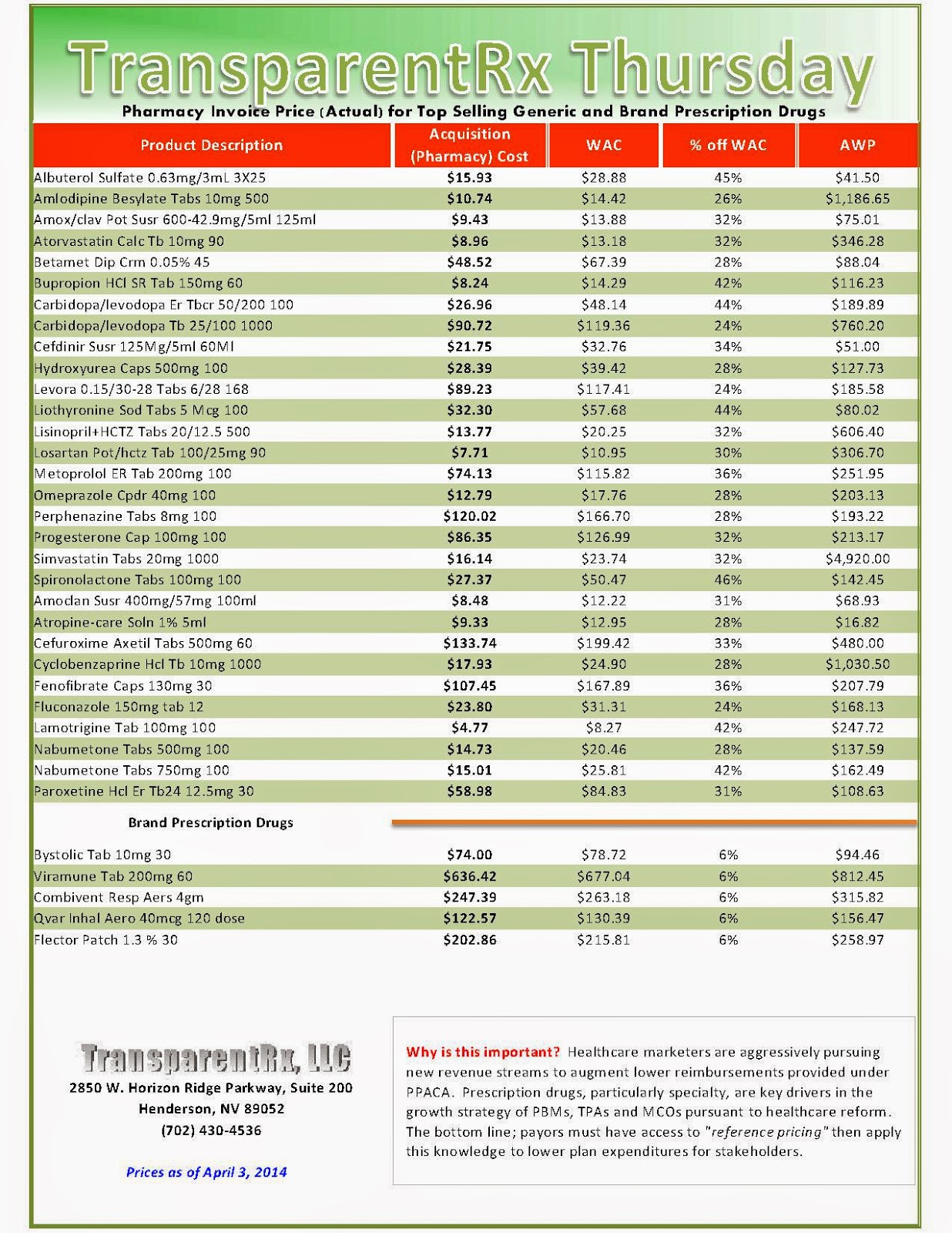_1.jpg)

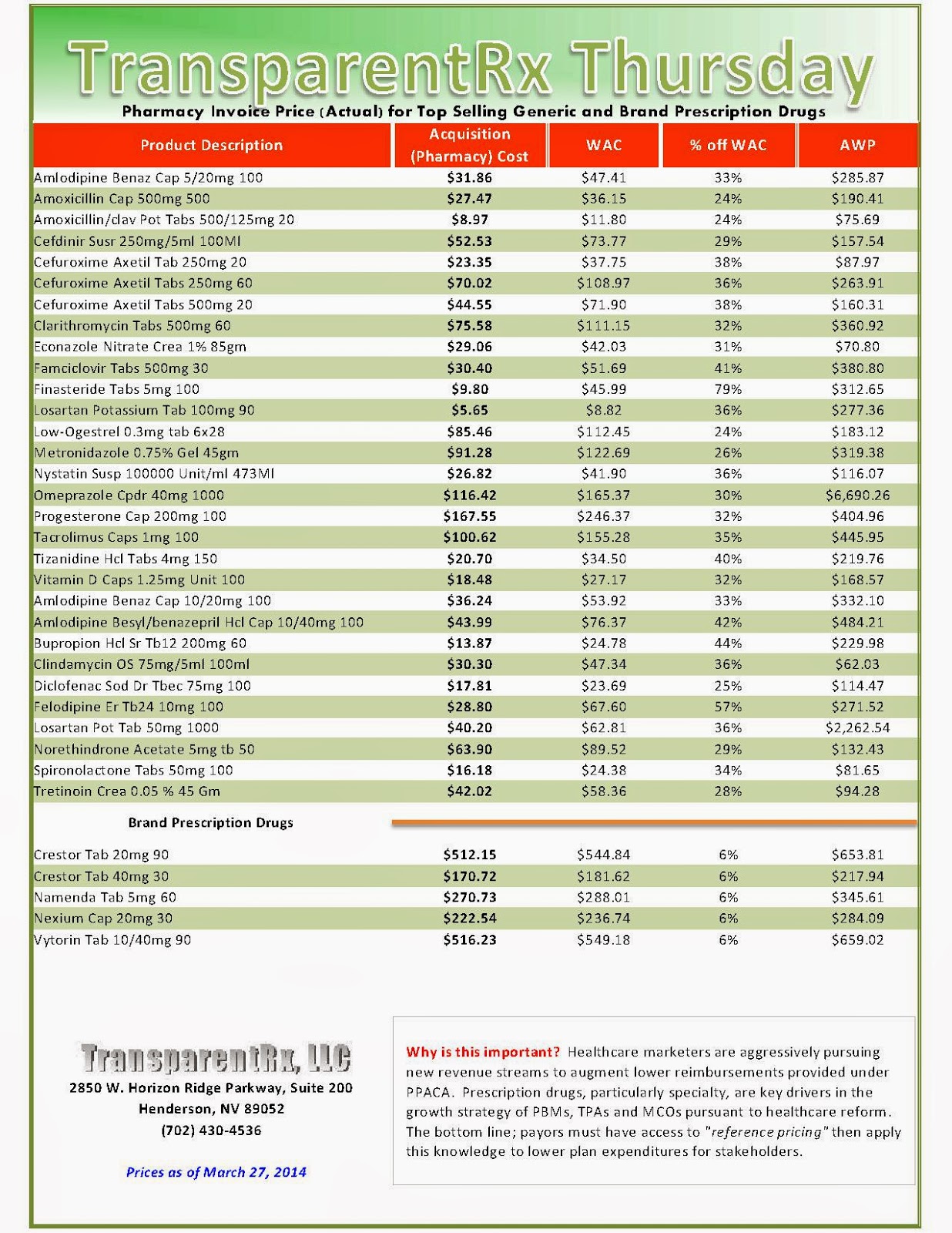_1.jpg)

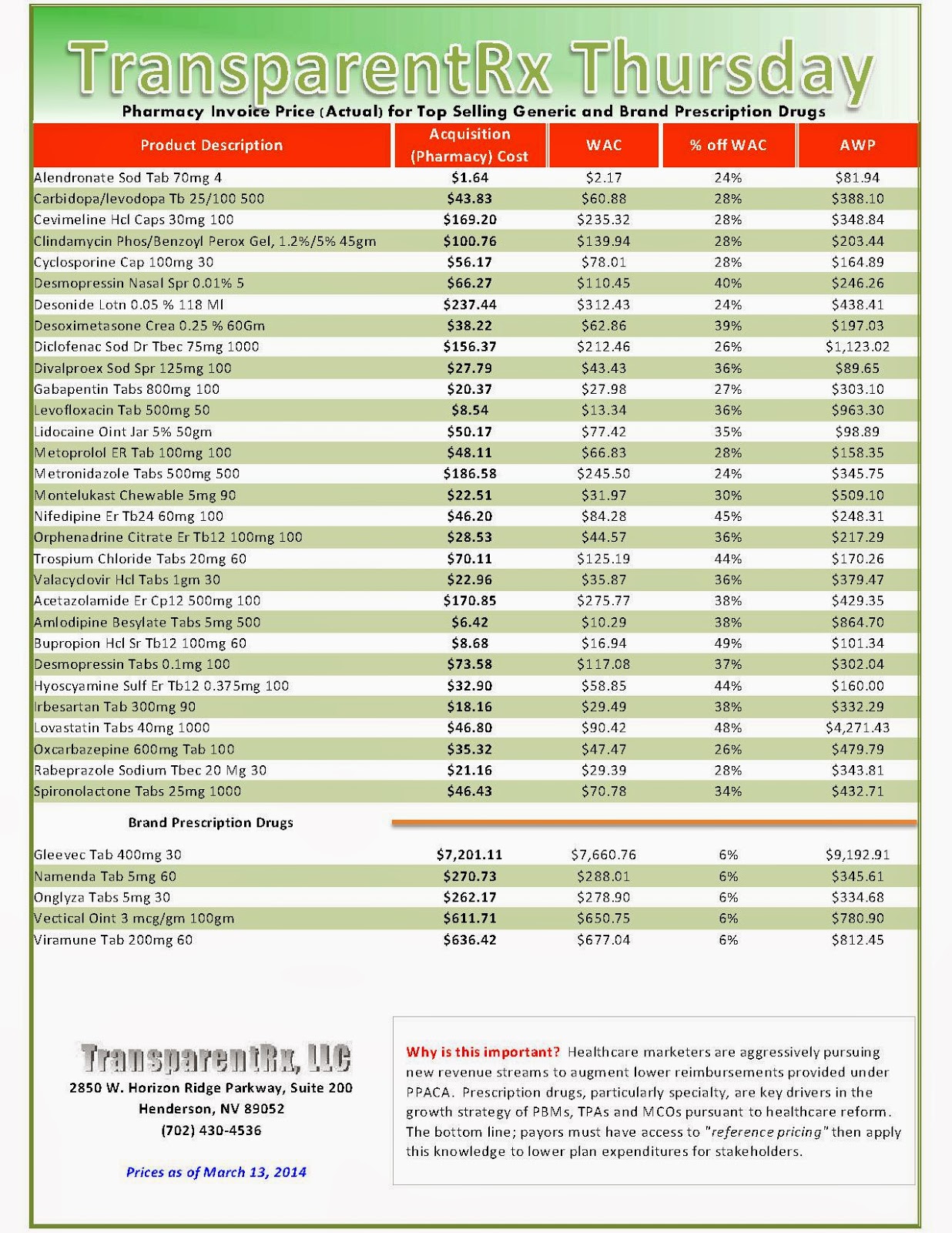_1.jpg)

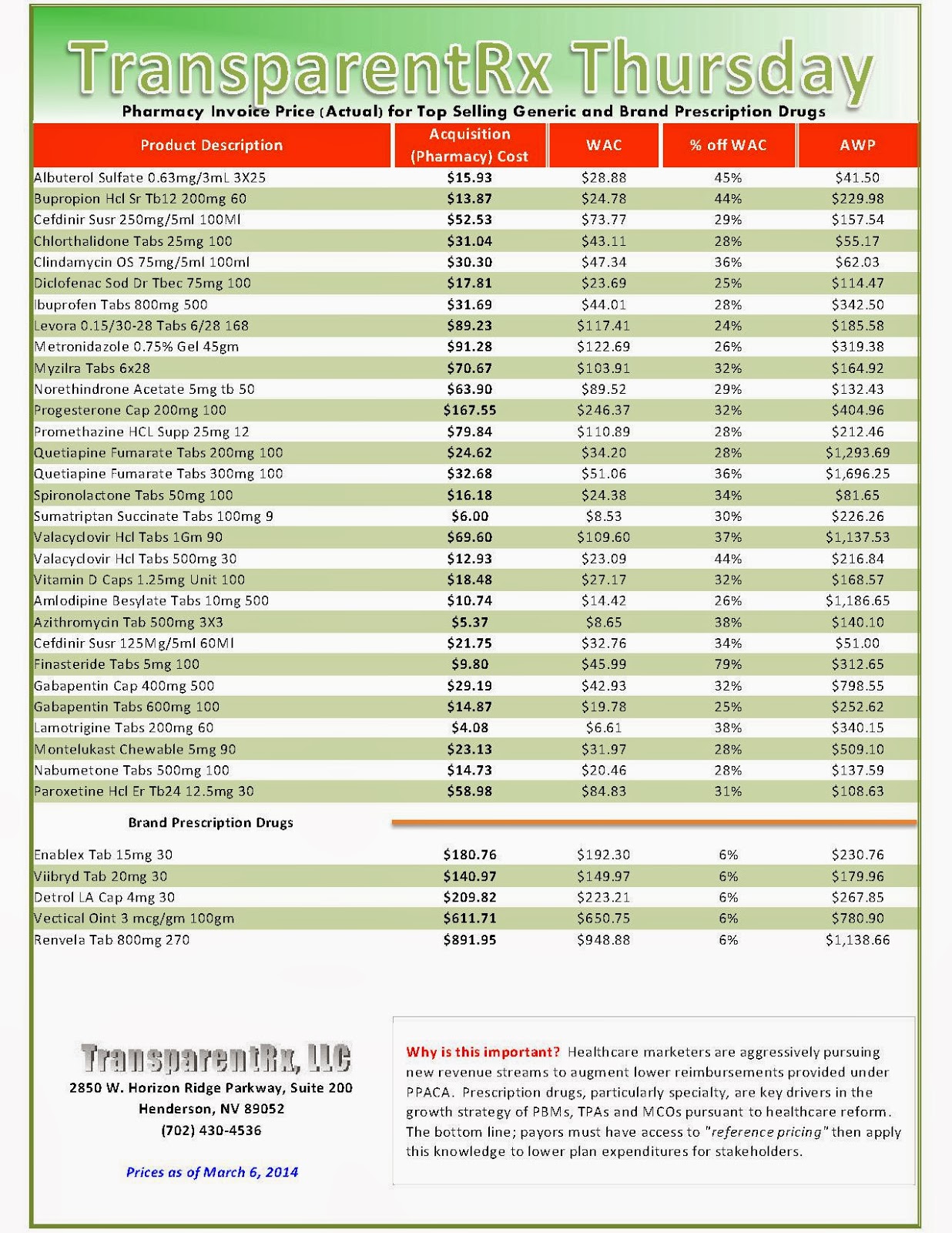_1.jpg)

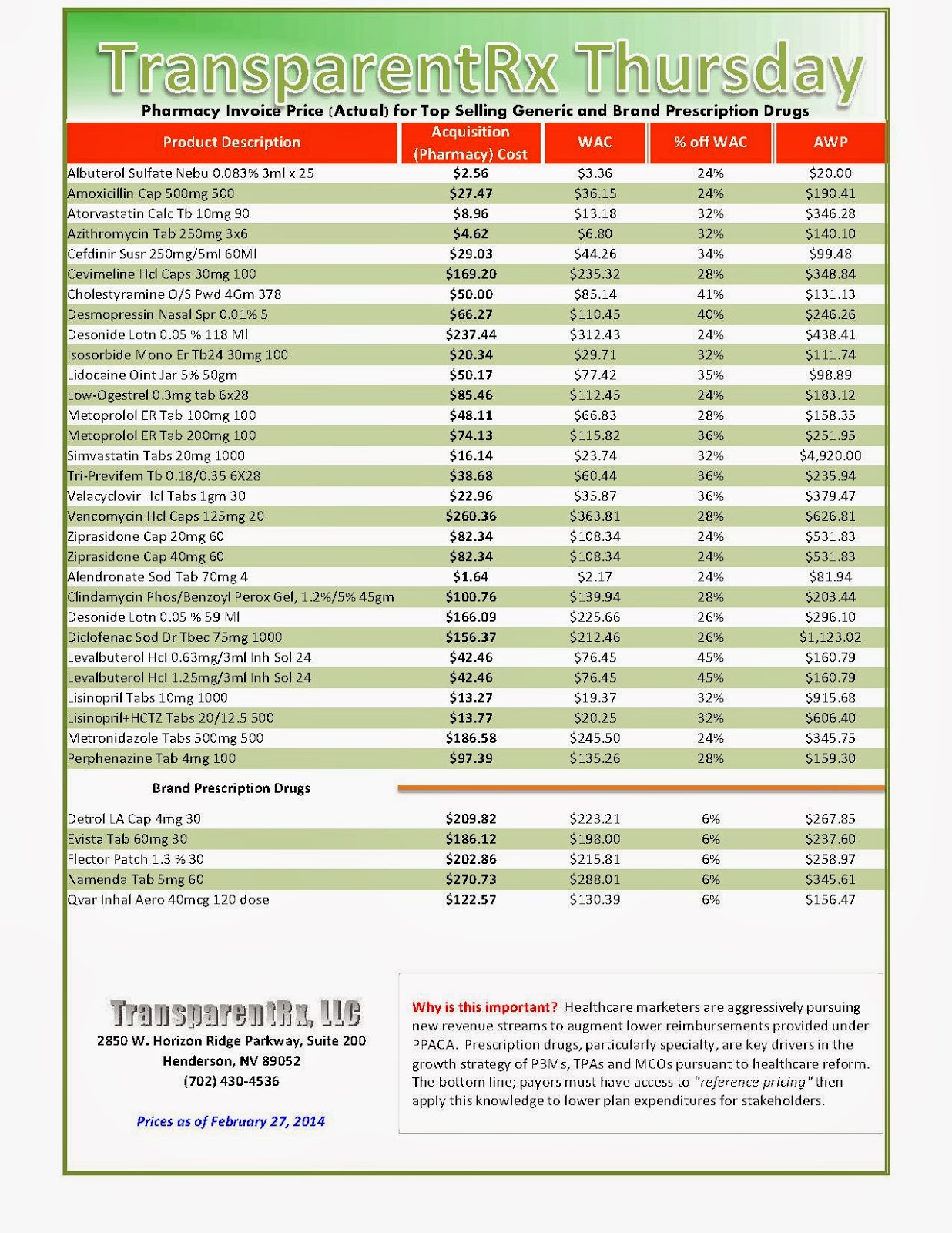_1.jpg)